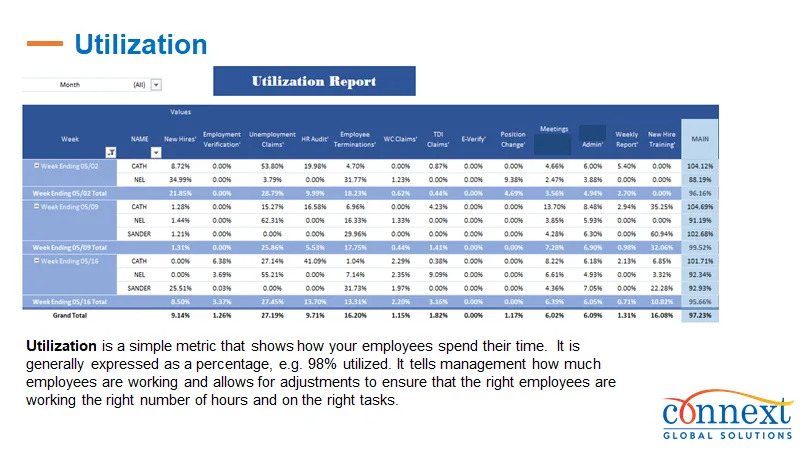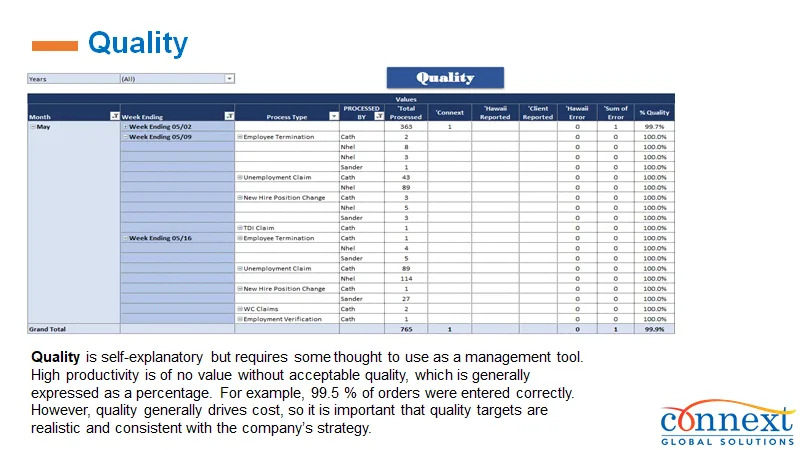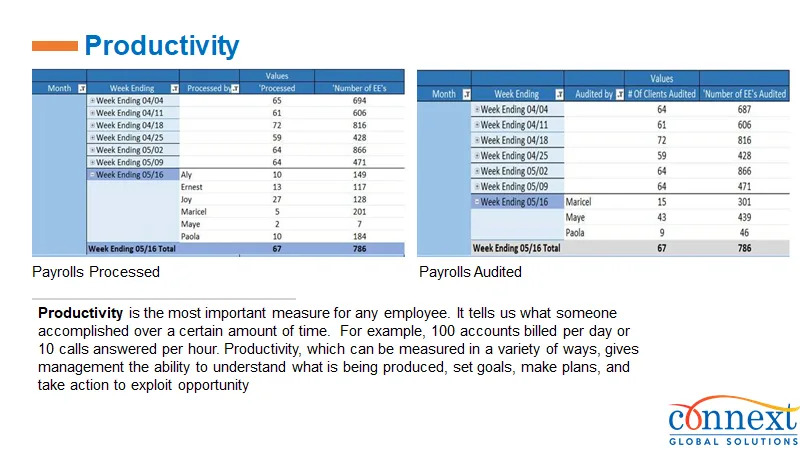Key Summary
- Remote contractor models are becoming more mainstream across industries.
- Ensuring consistent performance without expanding internal teams takes thoughtful coordination.
- A blend of structure, clarity, and regular communication helps teams align on outcomes.
- Connext supports organizations with headcount-neutral contractor solutions that blend flexibility and accountability.
- This article explores common friction points and supportive strategies that help organizations stay productive.

The workplace continues to evolve—and so do the teams behind it. More organizations are partnering with independent contractors to support critical tasks, especially when traditional hiring is paused.
11.9 million Americans were working as independent contractors in July 2023, accounting for 7.4% of the workforce.
With this shift comes the natural question: how do you ensure consistent work quality across time zones, tools, and varying experience levels?
Friction Points That Emerge in Fast-Moving Setups
Even in well-run teams, managing remote work quality isn’t always straightforward. Common sources of friction include:
- Limited onboarding structure
- Unclear documentation
- Gaps in daily visibility
- Delayed feedback or lack of it altogether
These aren’t always the result of mismanagement—often they stem from speed. Teams move fast, needs arise quickly, and contractors are brought in to fill immediate gaps.
For companies navigating this pace, firms like Connext provide operational support structures that help minimize friction—especially when building remote contractor teams.
Finding Balance Without Growing Headcount
Contractor arrangements are often used as a bridge—not a replacement—for full-time hiring, particularly when internal bandwidth is stretched. These roles may cover administrative support, service functions, or back-office operations. To support this kind of flexibility, companies often work with third-party providers to keep output steady without adding to internal headcount. Connext, for example, works with U.S. clients to place offshore contractors under independent arrangements—helping teams scale without increasing formal headcount.
What Good Contractor Oversight Looks Like
In many organizations, contractor performance is monitored a bit differently than that of in-house staff. Rather than tracking hours worked, teams often measure outcomes or deliverables.
Some general approaches that help:
- Agreed timelines or checkpoints
- A reference document or task flow
- An open channel for clarifying questions
- Periodic reviews of submitted work
These touchpoints don’t need to be formalized into red tape. Often, a simple shared workspace and weekly rhythm go a long way toward keeping things on track.
Building Quality Into the Process
High-performing contractor teams tend to have one thing in common: clarity. Whether it’s in how tasks are delegated, how expectations are framed, or how feedback loops are managed, clarity supports consistency.
This might include:
- Sharing standard operating procedures up front
- Identifying roles for oversight early in the process
- Encouraging open feedback both ways
- Reinforcing outcomes, not just tasks
The goal isn’t micromanagement—it’s predictability. And in remote setups, predictability builds trust.
Final Thoughts
Remote contractor models aren’t just a trend—they’re becoming a steady part of how work gets done. And while managing quality across distance and time zones has its challenges, it’s far from impossible.
With a bit of upfront clarity, steady communication, and a focus on outcomes, teams can stay productive without overextending. The key isn’t perfection—it’s consistency. And that comes from putting the right support systems in place, one step at a time.
If you’re interested in contractor pricing transparency, check out Contractor Pricing Transparency: How to Mitigate Hidden Costs and Budget Overruns.
Explore Why Outsourced Staffing Beats Traditional Hiring in 2025—Without Adding Headcount for insights on how contractor models stack up during hiring freezes.
If you’re exploring contract staffing services or headcount-neutral offshore solutions, learn more and contact Connext today.
Frequently Asked Questions (FAQs)
Outsourcing usually means sending entire functions to a third party. An outsource staffing agency like Connext places dedicated individuals who work as an extension of your team. You maintain oversight and control over how they work.
A: Many companies do by focusing on outcomes, not hours—alongside clear processes and ongoing communication.
A: Providing accessible task documentation and feedback early in the engagement often makes a big difference.








